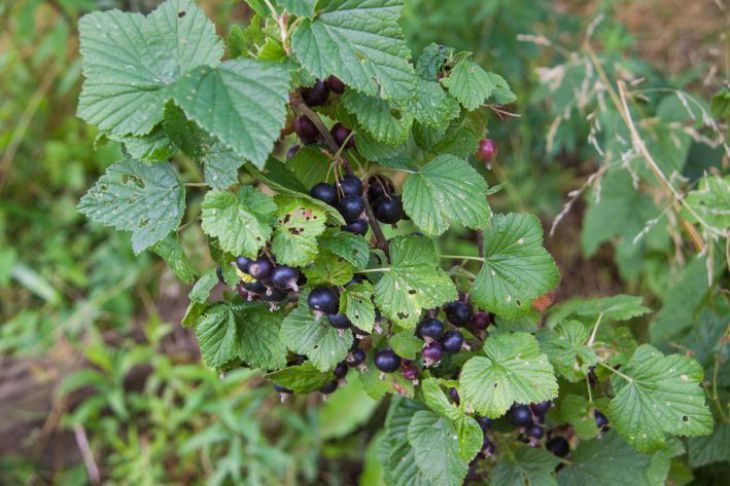The Key to a Bountiful Currant Harvest: What Gardeners Do with the Bush in Spring
Currants are a great addition to any garden, offering a bountiful harvest of flavorful and nutritious berries. However, to achieve this, you need to take good care of your plants, especially in the spring.
Proper care at this time of year can help ensure a productive growing season and bountiful harvest.
In this article, we will look at some important tips for caring for your currant plants in the spring.
Trimming
The first step in caring for your currant plants is to prune them. Pruning is essential for the growth and development of your plants and helps prevent disease and pest infestations.
The ideal time to prune currant plants is early spring, before the buds begin to open. During this time, it is easier to see the structure of the plant and identify any dead, damaged or diseased branches that need to be removed.

When pruning, use sharp, clean tools and make clean cuts at a 45-degree angle. Remove any dead or damaged wood, as well as any crossing branches that may rub against each other, causing damage to the bark.
Prune the remaining branches back by about a third of their length, paying particular attention to the oldest wood. This will encourage new growth and help keep your plants healthy.
Fertilization
Another important aspect of caring for your currants in the spring is fertilizing. Currant plants need a good supply of nutrients to grow healthy and produce fruit.
In early spring, work a balanced fertilizer, such as a 10-10-10 or 20-20-20 mix, into the soil around your plants. You can also use organic fertilizers, such as compost or well-rotted manure, which will provide a slow release of nutrients over time.
Watering
Currant plants need regular watering, especially in the spring when new shoots appear. Water the plants generously once or twice a week, depending on the weather and soil conditions.
It is best to water in the morning, allowing the leaves to dry during the day, which can help prevent disease. Avoid watering in the evening or at night, as this can make the plants wet and prone to fungal infections.
Mulching
Mulching is an essential part of caring for your currants as it helps retain moisture in the soil, suppress weeds and regulate soil temperature.
In early spring, apply a layer of organic mulch, such as straw, leaves, or wood chips, around your plants. This will help keep the soil cool and moist and provide a slow release of nutrients as the mulch breaks down over time.
Pest and disease control
Finally, to ensure a bountiful currant harvest, you need to protect your plants from pests and diseases. Currant plants are susceptible to a number of pests, including aphids, spider mites, and currant fruit flies.
They are also susceptible to fungal diseases such as powdery mildew and leaf spot.
To prevent pests and diseases, keep your plants healthy by providing them with enough water, nutrients, and sun.
Check your plants regularly for signs of pests or diseases, such as yellowing leaves or unusual spots or marks. Remove any infected leaves or branches as soon as possible to prevent the spread of disease.
